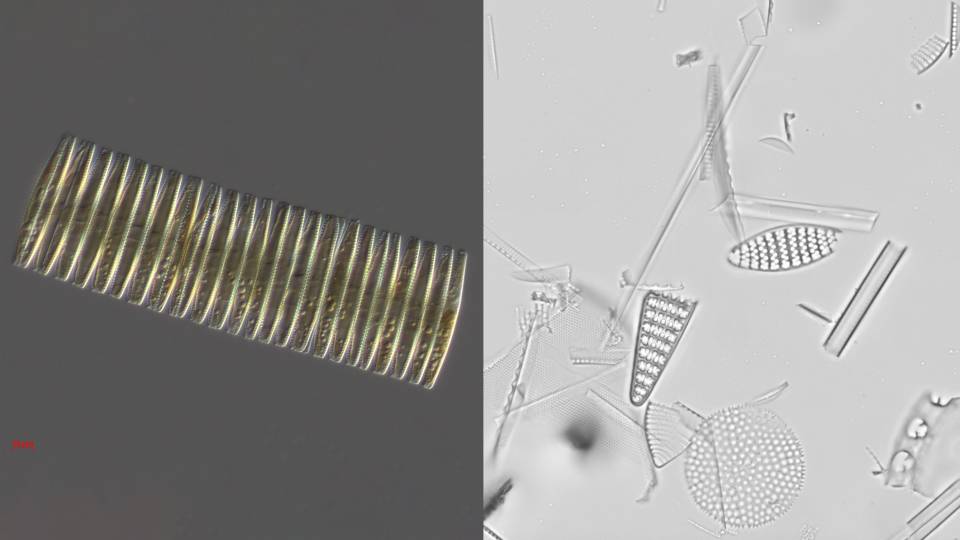In findings that could influence our understanding of climate change, a Princeton University research team has learned that tropical forests return to the atmosphere up to half the nitrogen they receive each year, thanks to a particular type of bacteria that live in those forests.
The bacteria, referred to as “denitrifiers,” exist in forest soil, where they live by converting the nitrates fed upon by tree roots back into nitrogen gas, which is lost to the atmosphere. The researchers recently discovered this behavior by examining nitrogen isotopes in the soil. Lars Hedin, a researcher on the team, said the findings are important for our understanding of how tropical forests fit into the earth’s climate system.
“Tropical forests play a major role in regulating the planet’s climate, and these findings indicate that we are still working on our basic understanding of the nitrogen cycle,” said Lars Hedin, a professor of ecology and evolutionary biology at Princeton. “That a group of bacteria can have such a dramatic impact on forest nutrition debunks our previous theories about how nitrogen behaves in forests, and shows us that these microorganisms affect soil nutrients and forest growth.”
Lead author Benjamin Houlton said that while the findings do not indicate any harmful or helpful effects on the planet, they will affect computer models of the Earth's climate.
"Previously, scientists thought these forests were essentially 'non-leaky,' and conserved nitrogen and other nutrients," said Houlton, a student from Hedin’s lab now doing postdoctoral work at Stanford. "Tropical forest fluxes have been one of the most uncertain aspects of the global nitrogen cycle, and this discovery will affect how we factor them into our understanding of climate change."
The research team, which also includes Daniel Sigman, a Princeton professor of geosciences, has published its findings on May 22 in the Web version of the journal, Proceedings of the National Academy of Sciences. Hedin is available for comment at (609) 558-9096, and Houlton can be reached at houlton@stanford.edu or (650) 862-4144.
Isotopic evidence for large gaseous nitrogen losses from tropical rainforests
Benjamin Z. Houlton, Daniel M. Sigman, and Lars O. Hedin
The nitrogen isotopic composition (15N 14N) of forested ecosystems varies systematically worldwide. In tropical forests, which are elevated in 15N relative to temperate biomes, a decrease in ecosystem 15N 14N with increasing rainfall has been reported but never conclusively explained. This trend is captured in a set of well characterized Hawaiian rainforests, across which we have measured the 15N 14N of inputs and hydrologic losses. We report that the two most widely purported mechanisms, an isotopic shift in N inputs or isotopic discrimination by leaching, fail to explain this climate-dependent trend in 15N 14N ratios. Rather, isotopic discrimination by microbial denitrification appears to be the major determinant of N isotopic variations across differences in rainfall. In the driest climates, the 15N 14N of total dissolved outputs is higher than that of inputs, which can only be explained by a 14N-rich gas loss. In contrast, in the wettest climates, evidence indicates that denitrification completely consumes nitrate in local soil environments, thus preventing the expression of its isotope effect at the ecosystem scale. Under these conditions, the 15N 14N ratios of bulk soils and stream outputs decrease to converge on the low 15N 14N ratios of N inputs. N isotope budgets that account for such local isotopic underexpression suggest that denitrification is responsible for a large fraction (24–53%) of total ecosystem N loss across the sampled range in rainfall.


